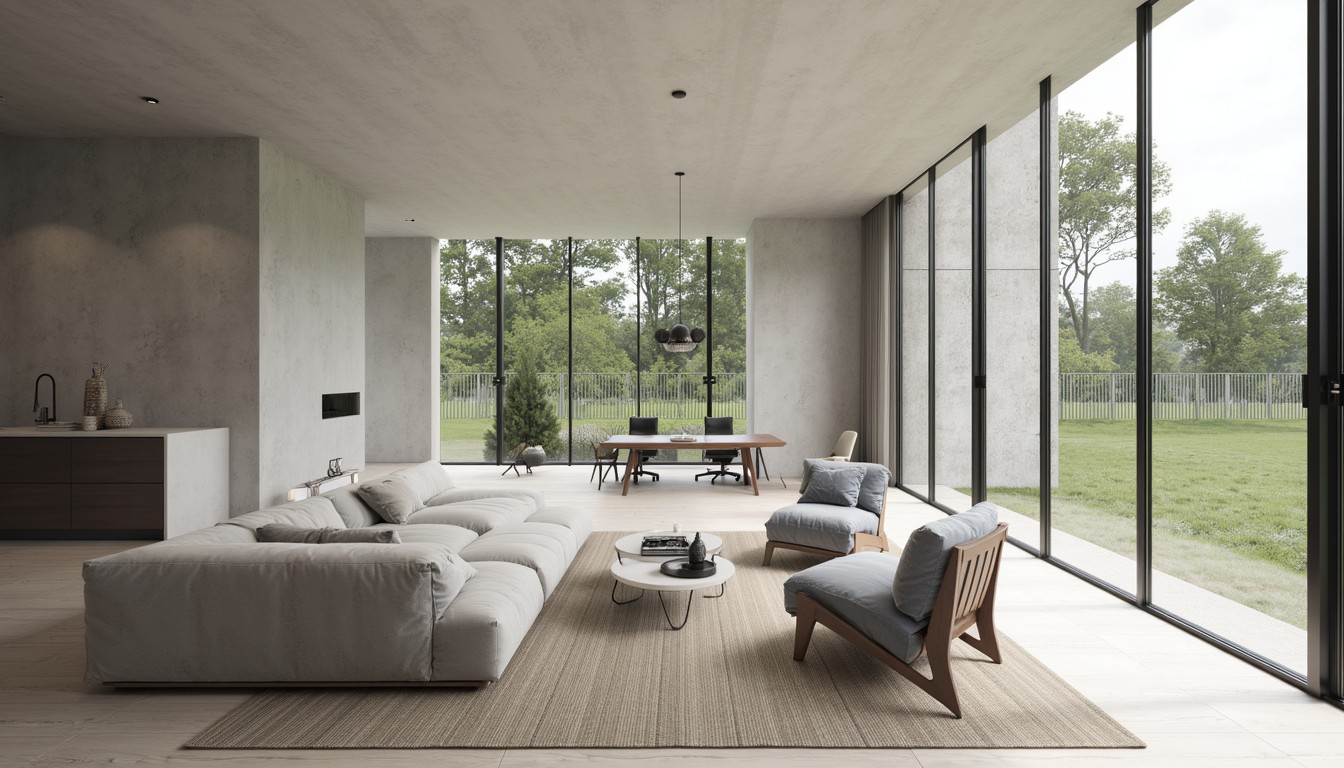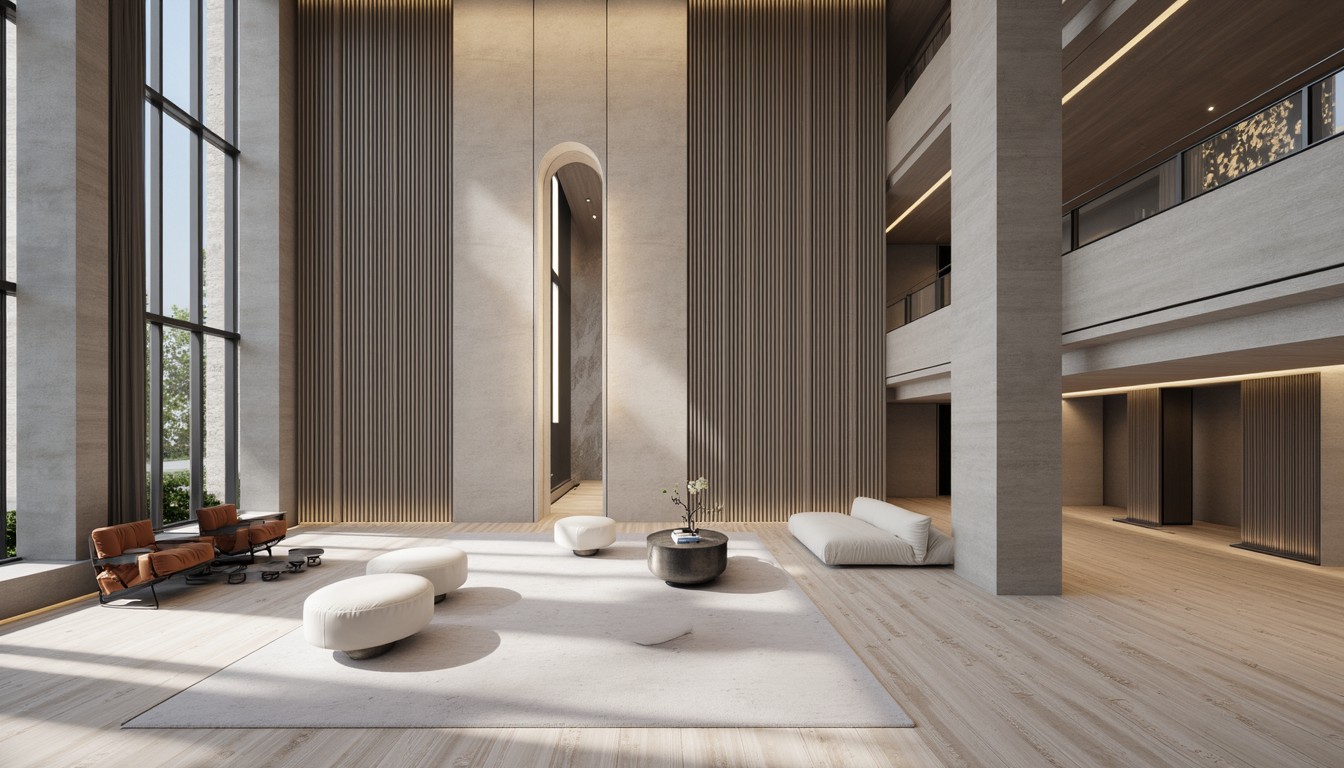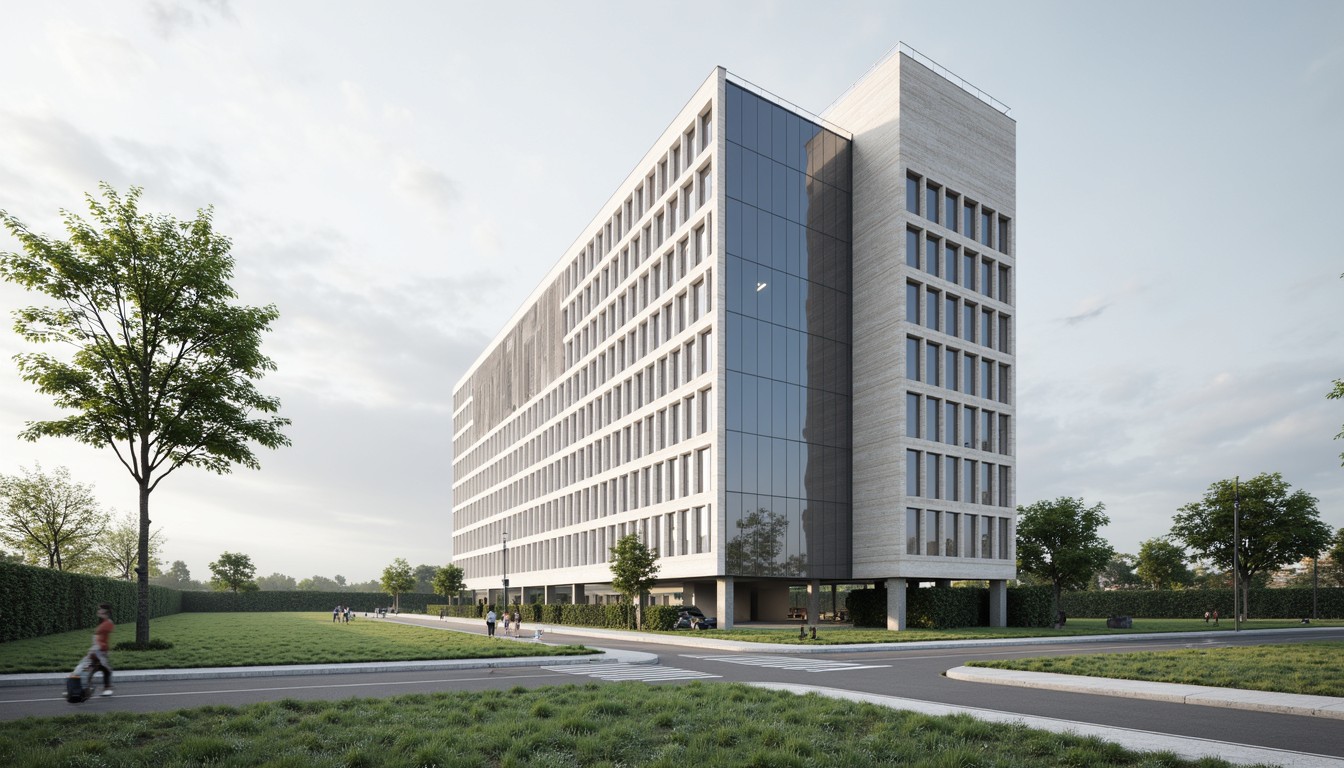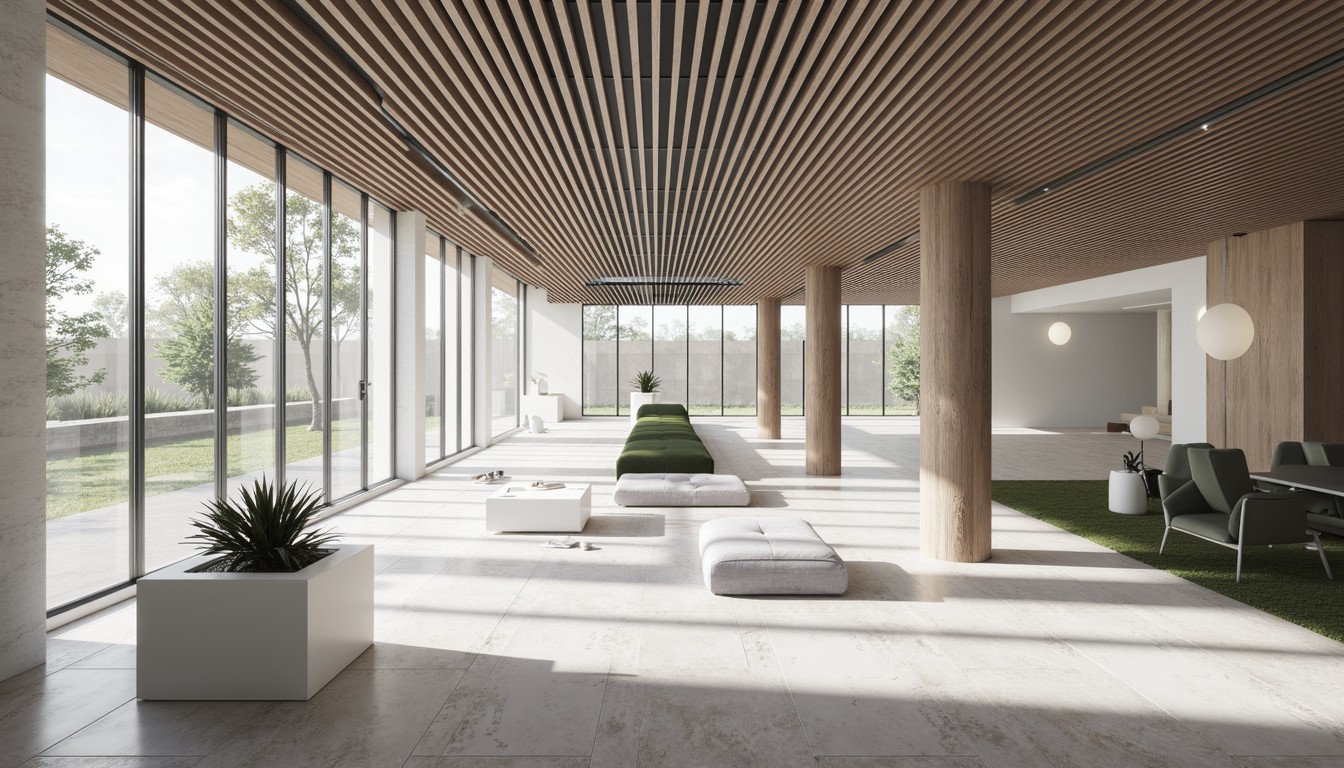Smart Building Technology: Revolutionizing Architecture
The architectural landscape is undergoing a dramatic transformation, driven by the integration of smart building technology. No longer are buildings simply static structures; they are evolving into dynamic, interconnected ecosystems that respond to the needs of their occupants and the environment. This shift is profoundly impacting architectural design, pushing boundaries and creating opportunities for unprecedented levels of efficiency, sustainability, and occupant experience. ArchNav, a leader in architectural visualization, is at the forefront of this revolution, helping architects and developers envision and realize the potential of smart buildings.
Defining Smart Building Technology

Smart building technology encompasses a broad range of interconnected systems and devices that leverage data and automation to optimize building performance. This includes:
- Building Management Systems (BMS): Centralized systems that monitor and control various building functions, such as HVAC, lighting, security, and access control.
- Internet of Things (IoT) devices: Sensors, actuators, and other connected devices that collect and transmit data on building conditions and occupant behavior.
- Artificial Intelligence (AI) and Machine Learning (ML): Algorithms that analyze data from IoT devices to optimize building operations and predict potential problems.
- Cloud computing: Platforms that store and process vast amounts of building data, enabling remote monitoring and control.
- Data analytics: Tools that provide insights into building performance, enabling informed decision-making and continuous improvement.
Real-World Applications of Smart Building Technology

The applications of smart building technology are vast and diverse. Here are some compelling examples:
Energy Efficiency and Sustainability
Smart buildings can significantly reduce energy consumption through intelligent control of lighting, HVAC, and other energy-intensive systems. Real-time data analysis allows for optimized scheduling, predictive maintenance, and the identification of energy waste. This contributes to reduced carbon footprints and lower operating costs. For example, smart lighting systems can automatically adjust brightness based on occupancy and natural light levels, while smart HVAC systems can learn occupant preferences and optimize temperature settings accordingly.
Enhanced Occupant Experience
Smart building technology can create a more comfortable, convenient, and productive environment for occupants. Features such as personalized climate control, seamless access control, and integrated communication systems enhance user experience. Smart sensors can monitor air quality, noise levels, and other environmental factors, ensuring a healthy and comfortable indoor environment. Imagine a building that anticipates your needs, adjusting lighting and temperature before you even arrive!
Improved Security and Safety
Smart security systems, incorporating video analytics, access control, and intrusion detection, enhance building security. Real-time monitoring and alerts enable rapid response to potential threats. Smart fire detection and suppression systems can quickly identify and mitigate fire risks, protecting lives and property. These integrated systems provide a comprehensive security solution that goes beyond traditional methods.
Predictive Maintenance
Smart building technology enables predictive maintenance by monitoring the condition of building systems and predicting potential failures before they occur. This minimizes downtime, reduces repair costs, and extends the lifespan of building components. Sensors monitor equipment performance, identifying anomalies and alerting maintenance personnel to take proactive measures. This proactive approach is significantly more efficient and cost-effective than reactive maintenance.
The Role of Architectural Visualization in Smart Building Design
ArchNav plays a crucial role in the design and implementation of smart buildings. Our cutting-edge architectural visualization services allow architects and developers to visualize the integration of smart building technology into their designs. We create immersive 3D models and simulations that demonstrate the functionality and benefits of smart systems, helping stakeholders understand how these technologies will enhance the building's performance and occupant experience. This visual representation is crucial for effective communication and collaboration throughout the design and construction process.
Future Trends in Smart Building Technology

The future of smart building technology is bright, with ongoing advancements in AI, IoT, and data analytics pushing the boundaries of what's possible. We can expect to see:
- Increased use of AI and ML for autonomous building operations.
- Greater integration of renewable energy sources.
- More sophisticated data analytics for improved energy efficiency and occupant comfort.
- Enhanced cybersecurity measures to protect building systems from cyber threats.
- The emergence of new smart building technologies, such as digital twins and building information modeling (BIM).
Conclusion
Smart building technology is revolutionizing architecture, creating buildings that are more efficient, sustainable, and responsive to the needs of their occupants. ArchNav is committed to helping architects and developers harness the power of this technology, creating innovative and sustainable designs that shape the future of the built environment. By leveraging our expertise in architectural visualization, we empower our clients to visualize and realize the full potential of smart buildings, creating spaces that are not only beautiful but also intelligent and responsive.
